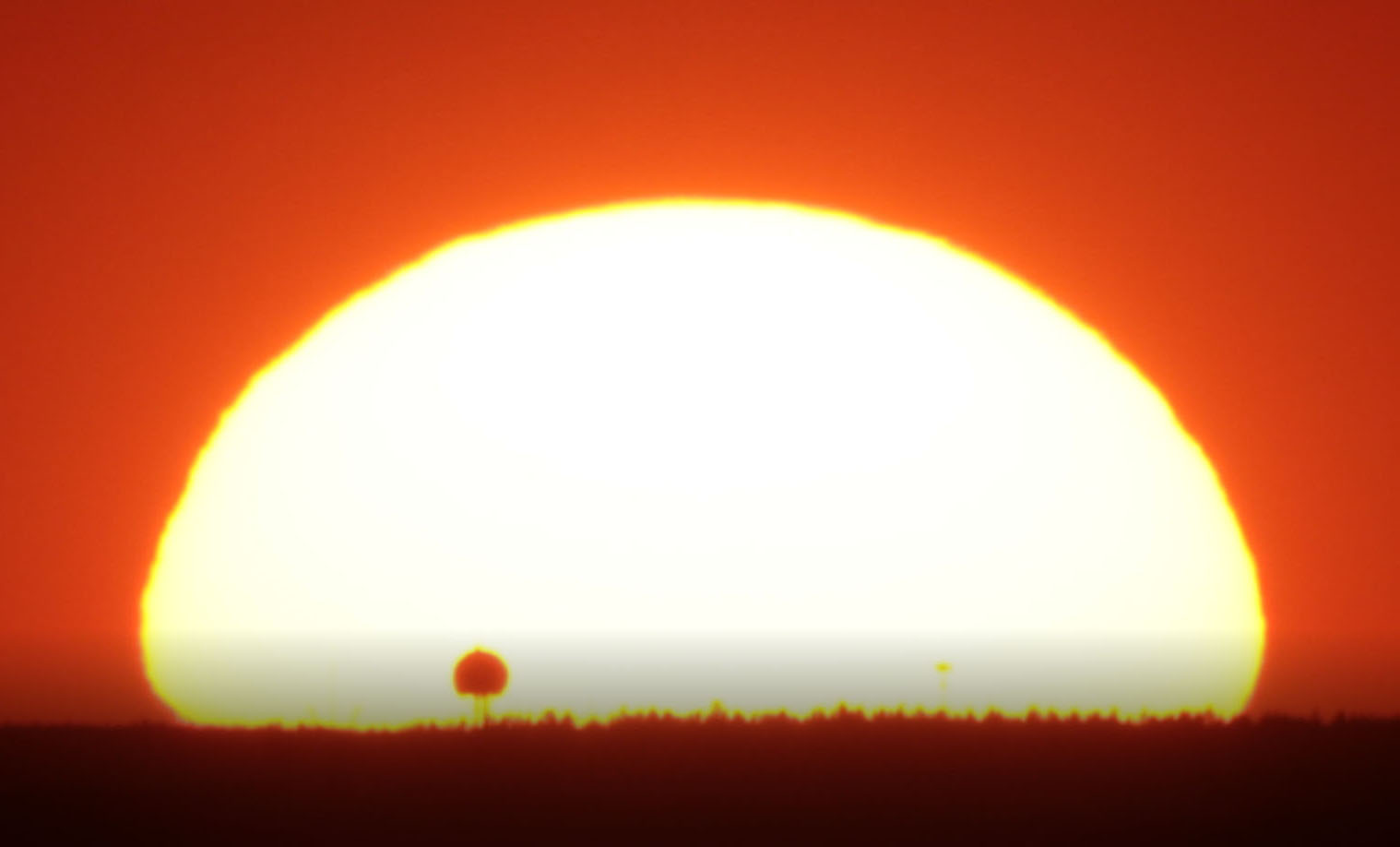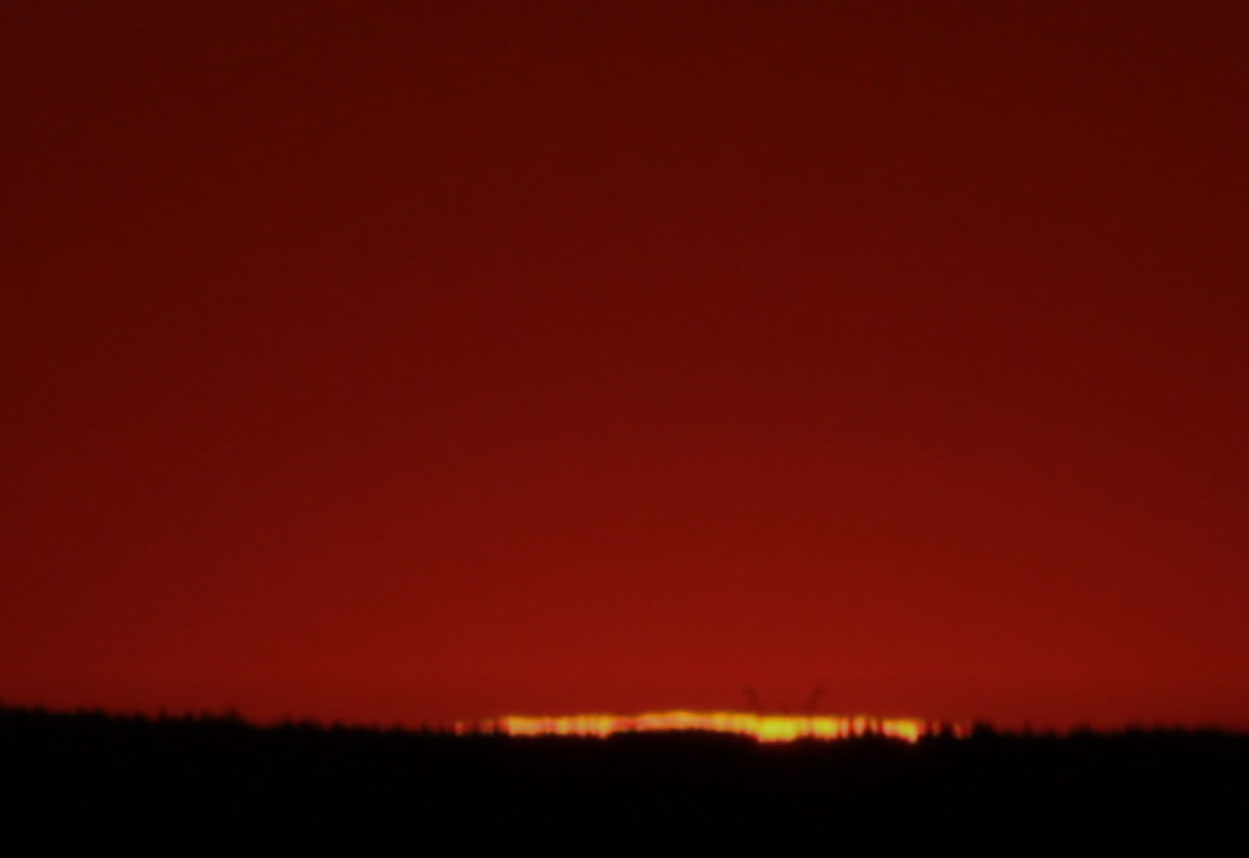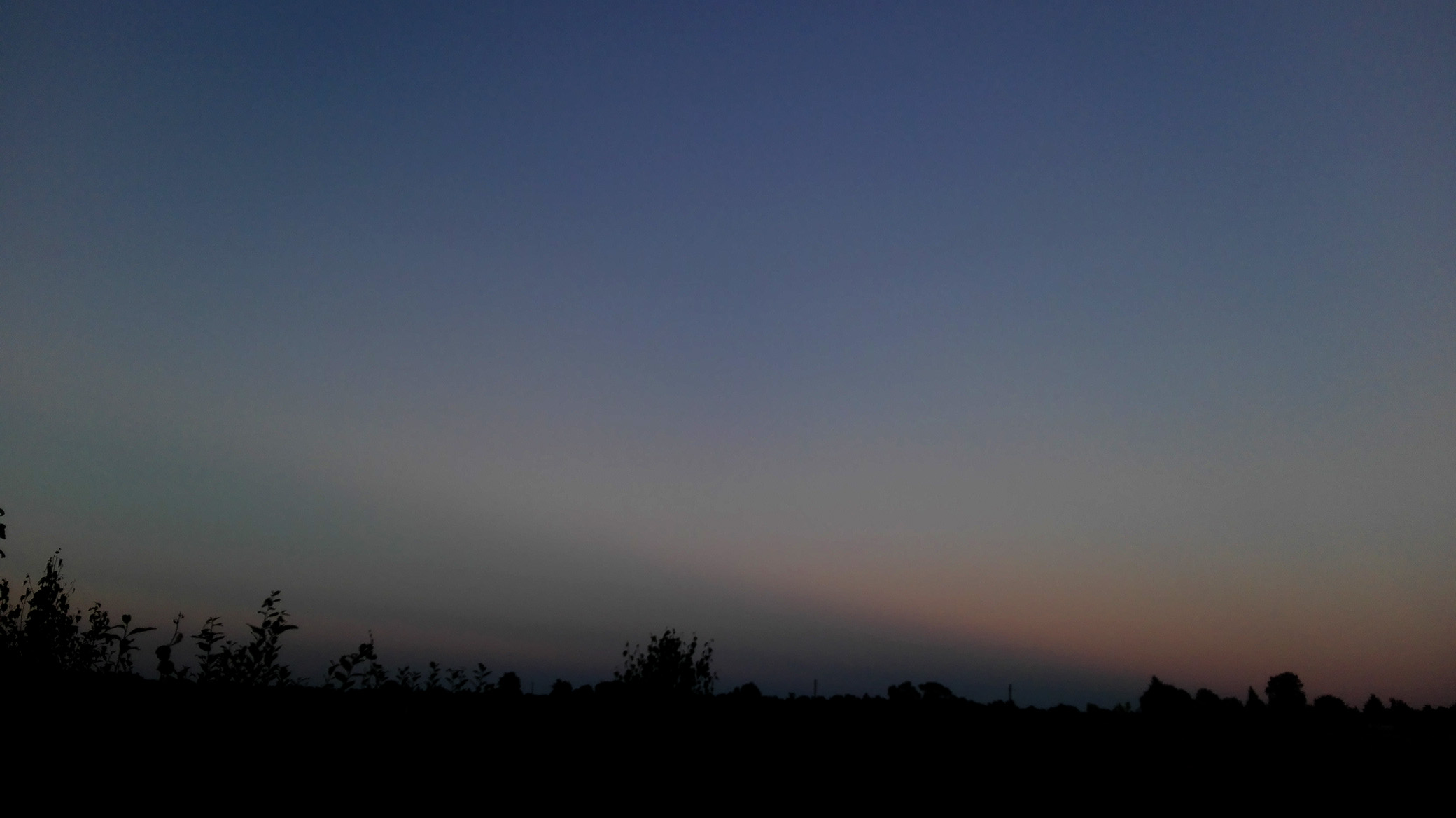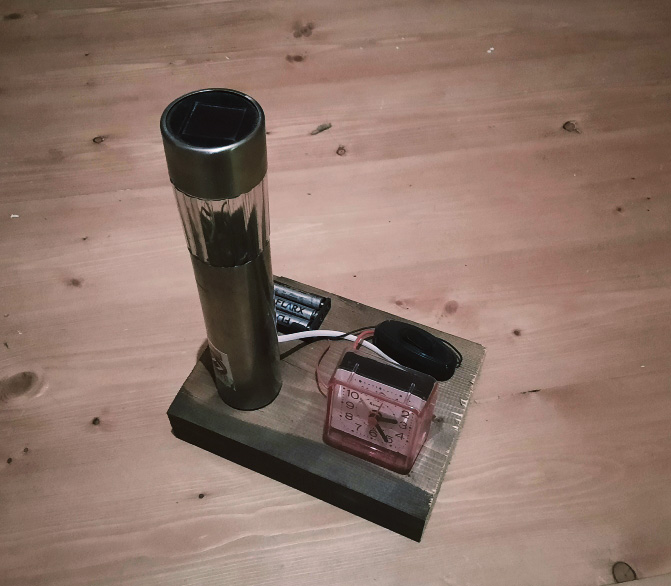Sunset as a non-linear process, unpredictable twilight, and other unexpected properties of everyday phenomena
When I told my friends that I was making a device for determining the length of the day, they were very surprised: is it not destiny to google? But I was interested in something else. People say “what a dark day”, or “in the morning it turns out it's already light at five o'clock”, meaning a seemingly subjective, but in fact a very specific parameter: the illumination here and now. At this latitude, on this day of the year, with these clouds, with this horizon, built up houses or always cloudy because of the city smog, with windows facing east or south. Twilight can be light or bright, influenced by volcanic, space or man-made dust. Powerful clouds and smog shorten the day by tens of minutes: The sun has risen, but it is still dark. And the refraction of the atmosphere is able to delay the sunset or accelerate its rise by ten minutes.Why not just measure - in minutes and hours - the time span from one light threshold to another? The device turned out to be cheap, but in this story it is not he himself that is interesting, but natural phenomena that affect the illumination. Let's start with them.
Down with the dictatorship of the 55th parallel
On December 24, 2020, the Yandex.Weather service reported that in my city the Sun rose at 8 hours 58 minutes, set at 15 hours 59 minutes, and the length of the day was, therefore (simple subtraction) 7 hours 1 minute. Everything seems to be clear. But on December 24, it was clear where I live. And on December 25 (the length of the day is the same 7 hours 1 minute, the solstice, however) - a blizzard was chalk and cloudy. Of course, the day of December 24 seemed to me "longer" than the 25th. Instrumental measurements (about them below) confirm a subjective feeling: December 25, where I live, was 42 minutes darker than the 24th.
, , : - , 55 , . ? 1 1986 ( ) , – 7 25 . - ( - Stellarium, Starcalc) , . ( 43 ) – 9 13 . 1 . « ».

, , ? .
18 2019 . : , , 2020- . , – , (, 90 ). 20 45 , . : , . – 20 47 – . , . , , , ? : 20 52 , . !



- , 20 40 . , , . Starcalc 20 43 . , – . suncalc.org 20 47 . , «» , : , . .

, , . , . . , . - : 20 40 , , . , ( , ). 35 . , : , , .
«» . « » - . - : , .
- . Starcalc , (, , ). . Suncalc.org, , . : , (585 ) 2-3 , . , . , 2019 - , 70-100 . «» , .

«» . . , – .
, . - «» (1963 ), .
: , , – . : () . , . ( - ). , , , , , . , , .

, , , . (« »), (, !). -, , , , 34,7 . – , , , « ».

, ( 6 ), ( 6- 12 ) ( 12- 18 ). ( ), , « ». – , « », – . – «». , . , - . - . : , 2020 , , .

– «», – ! , , . . «» ( 10 ). «» . « », , , 2004 , , .
( ) : .
- , . : , . , . 12. , . , . , . . 1,5 . , : ( , ), . ? ? - - . .
. 0,3-0,5 . , .
, , - . . . , . , ? (, , ): . , . -. , , .

– . . 3 , 6 ( ) . . : . , , .

The result is a useful instrument, something like a heliograph. Such ones can still be found here and there in observatories. A glass ball, followed by a paper tape in the morning. The sun, if it shines brightly, burns a trace in the paper; if it does not shine, it does not burn. In the evening, the researcher takes out the tape, signs the date, and puts it in the archive. A long series of readings from our instrument would be interesting. I do not have such a series yet, but the results are indicative. The clouds, as expected, steal the hours of light, and it is striking how the twilight differs from night to night.